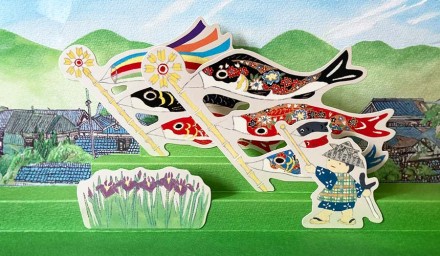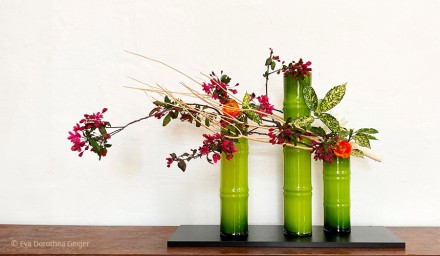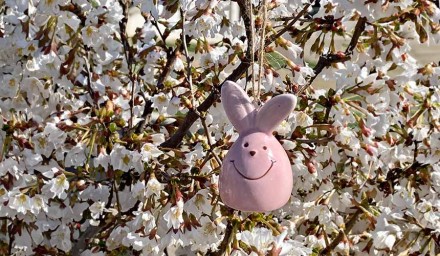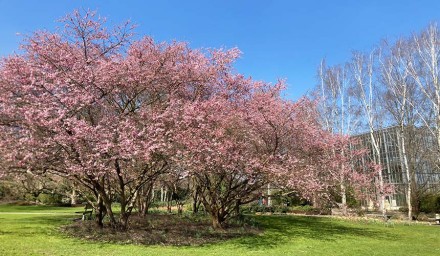A new heyday of cannabis
Kodomo no Hi / Childrens day
ichi-go ichi-e / Ikebana in Marwitz
Happy Easter
Gentle splendor of blossoms,
Birds singing in the morning light,
Resurrection day.
(Haiku by Eva D. Geiger)
In the days of spring, when the air is filled with a breath of renewal, two symbols of beauty and new beginnings merge: Easter and cherry blossoms. Easter, a celebration of resurrection and reawakening, meets the delicate blossoms of the cherry trees, which bloom in full splendor to herald the arrival of the warmer season.
Hanami
Every spring, when the cherry trees are in full bloom, people from all over the world flock to Japan's famous cherry blossom locations to experience the breathtaking spectacle of the pink blossoms and celebrate the hanami 花見, "blossom viewing". The cherry blossom front begins between the end of March in Kyushu and moves northeast until it arrives in Hokkaido in early May.




